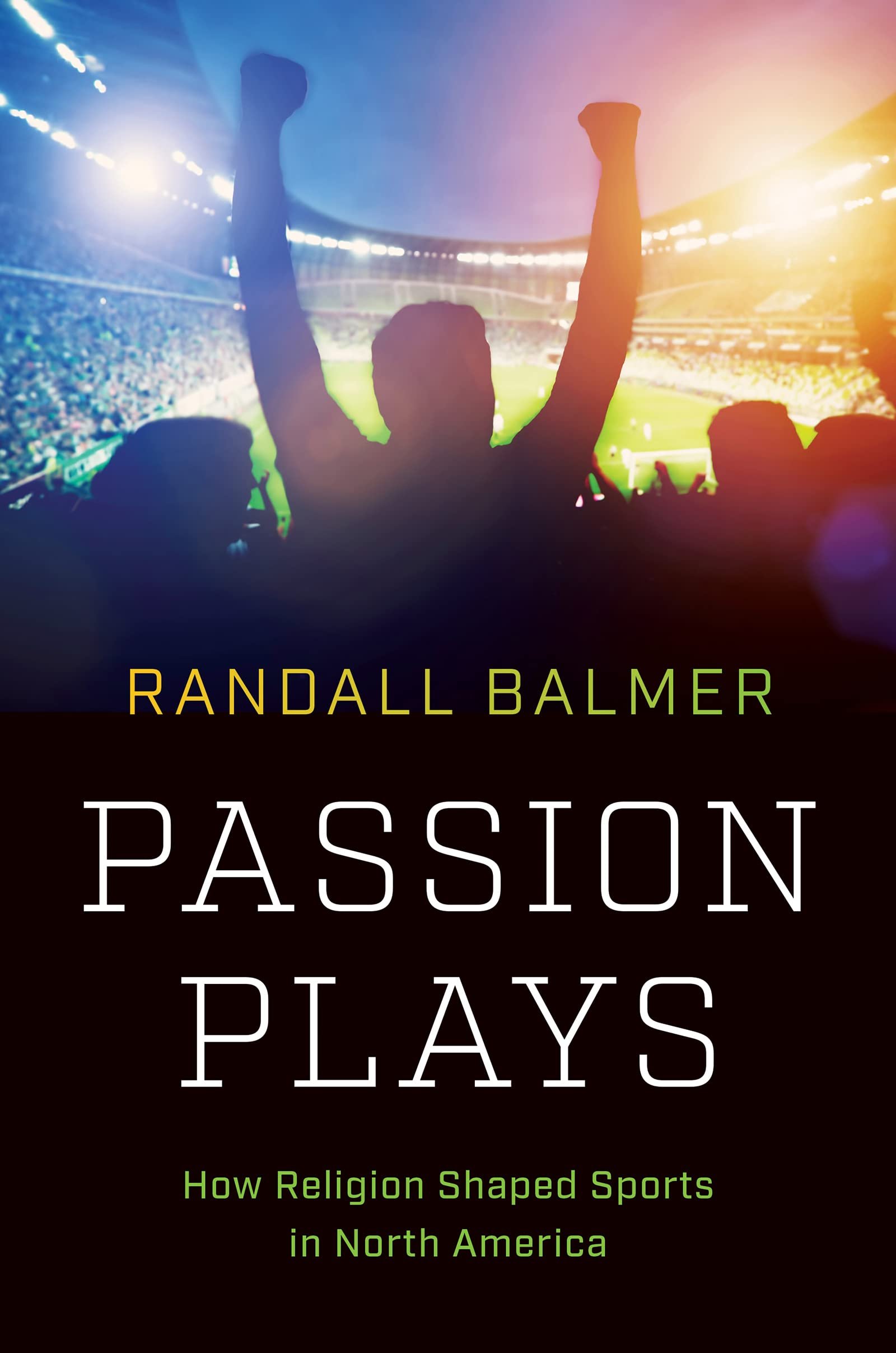Sports, Passion And How North American Team Games Connect To Religion
(REVIEW) Sports are, in so many ways, like a religion. Like religion, sports can convey important lessons about culture and values. From the times of the ancient Greeks, athletes were sometimes accorded the status of gods.
Not much has changed since ancient times. Modern society has given god-like status to many athletes. Lebron James, Tiger Woods and Lionel Messi are just three athletes who garner such adulation on a global scale.
A new book by Randall Balmer, a historian who holds the John Phillips Chair in Religion at Dartmouth College, called “Passion Plays: How Religion Shaped Sports in North America” (University of North Carolina Press) explores the relationship between sports and religion. The book, currently available for preorder, will be available starting Sept. 20.
READ: Qatar 2022 World Cup Mascot Highlights Muslim Garb Known As ‘Keffiyeh’ And ‘Thawb’
Specifically, he writes in the introduction that the book “examines how the history of religion across North America connects in fascinating ways to the emergence of modern team sports.” He also argues, very persuasively, that modern sports have “evolved into a phenomenon that generates at least as much passion as traditional religion.”
Randall Balmer, who holds the John Phillips Chair in Religion at Dartmouth College, has penned a new book called “Passion Plays: How Religion Shaped Sports in North America.” Photo via University of North Carolina Press.
I can relate to Balmer’s general argument. I have been a sports fan since childhood. I have also written plenty about sports at ReligionUnplugged.com and a new book of my own, “The FIFA World Cup: A History of the Planet's Biggest Sporting Event” that comes out this October. In it, I also make a link between soccer and religion.
More importantly, Balmer dedicates an entire 192 pages to the subject and does so in a well-researched and compelling way. He unearths material and details many will find new to them, all while staying true to his thesis that the history and symbolism of North America’s four major team sports — football, baseball, basketball and hockey — are rooted in organized religion.
Balmer dedicates chapter two to football, a game that has come to dominate the American sports landscape in recent decades. It has surpassed baseball as the nation’s pastime in terms of television ratings. The game developed at the college level in the late 1800s.
The game’s popularity — which so mimicked the battles of the Civil War — coincided with the growth of “muscular Christianity.” The belief, at the time, was that this philosophical movement that originated in England included discipline as well as moral and physical athleticism.
Football, with its military metaphors, has become a game that Balmer writes “overcame its white Protestant Northeastern origins to become a national game by expanding to the South, by including Catholics, and by becoming the first of the four sports to be racially integrated. Football, in short, confronted the three Rs: region, religion and race.”
Football had initially drawn the ire of the country’s religious communities. For example, Balmer notes, some deemed football a “source of evil” as it spread through the South. Over time, it gained acceptance because of its connections to military imagery — and specifically the Civil War — whenever Southern schools played those from the North in the early decades of the 20th century.
At the same time, Notre Dame became a football power. It remains among the few Catholic universities to be competitive at football. The Fighting Irish have won 11 national titles. The first, in 1924, set the school on a course for pigskin success.
In general, Balmer’s interest in the cross section of sports and religion has a focus on Catholicism. He makes the following astute observation: “Both in substance and symbolism, the Catholic influence in sports extends far beyond football. For example, I’ve come to see sports radio as a form of auricular confession, the Catholic sacrament of penance when the parishioner enters the confessional to recount his transgressions.”
Balmer continues with this these as he examines baseball, basketball and hockey. In Chapter 3, dedicated to ice hockey, Balmer informs the reader that the arrival of European immigrants, most of them Catholic, at the turn of the 20th century coincided with the introduction of the penalty box for players who had committed infractions.
Interestingly, Balmer equates the rule change with the “Roman Catholic doctrine of penitence and absolution.” He has a point. After all, penalty boxes are nicknamed “sin bins” for that very reason.
It’s tidbits such as this that make this book an interesting read. It does what no other sports book has ever done — that is, connect the rituals of modern sport and trace them back to American society’s religious roots. Whether you prefer a home run, touchdown, goal or basket, Balmer definitely scores with this book, and you will too if you take the time to read it.
Clemente Lisi is a senior editor and regular contributor to Religion Unplugged. He is the former deputy head of news at the New York Daily News and teaches journalism at The King’s College in New York City. Follow him on Twitter @ClementeLisi.

